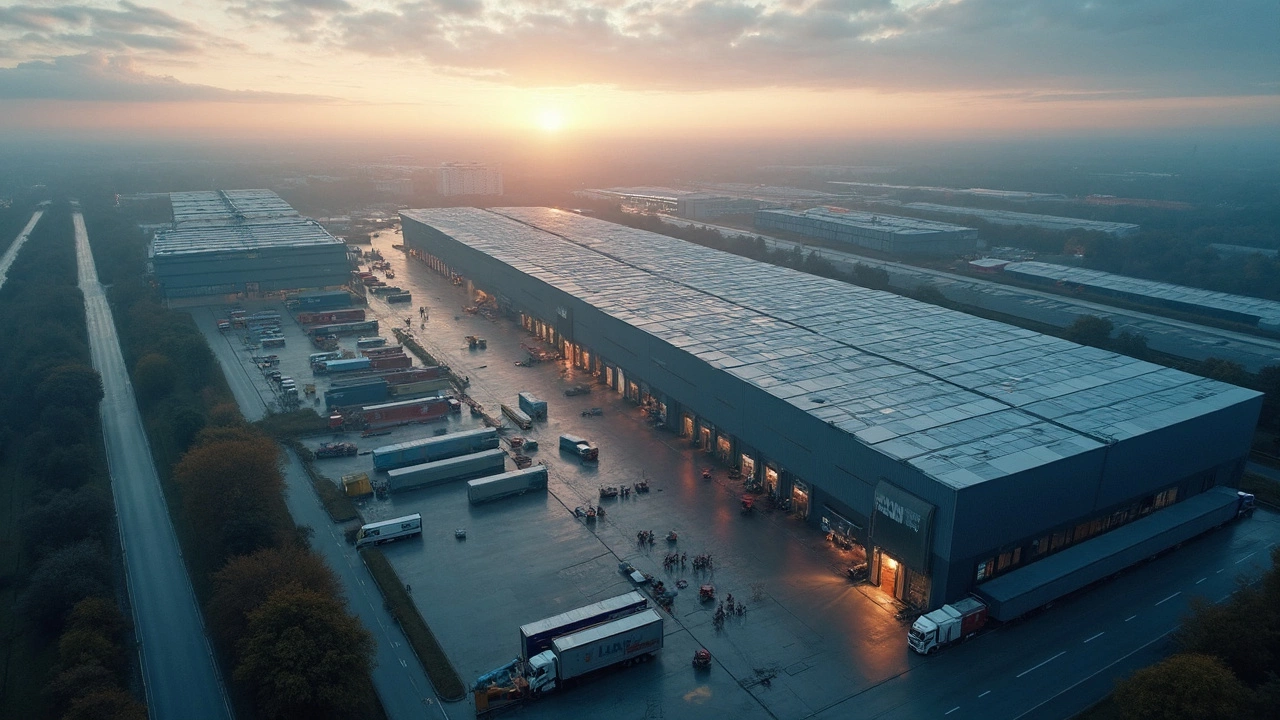Global Warehousing: How to Keep Your Supply Chain Running Smoothly
Running a business that ships across borders means you need more than a single warehouse. You need a network that can store, pick, and ship goods quickly, no matter where your customers are. That’s what global warehousing is all about – placing stock in the right places so delivery times stay short and costs stay low.
First, think about where your highest‑volume markets live. If most orders go to the UK, a centre in Manchester or Birmingham cuts road miles. If you ship to Europe regularly, add a hub in the Netherlands or Belgium. Each hub acts like a mini‑fulfilment centre, holding the items that move most often in that region. The result? Faster last‑mile delivery and fewer customs delays.
Choosing the Right Storage Tier
Not every product needs the same kind of space. Tier 1 storage is high‑speed, premium shelving for fast‑moving SKU’s. It’s pricey, but the payoff shows up in quick pick times. Tier 2 is a balance – mid‑range shelves that store items with moderate demand. Tier 3 is bulk storage for slow‑moving or oversized goods, often on the floor or in high‑density racks.
Match each product to the appropriate tier. For example, a popular smartphone model belongs in Tier 1, while spare parts sit in Tier 3. This match reduces the time workers spend walking between aisles and keeps your inventory turnover high.
Tech Tools That Make Global Warehousing Work
Modern warehouses rely on software to stay coordinated. A Warehouse Management System (WMS) tracks every pallet, tells pickers the shortest route, and updates stock levels in real time. When you connect your WMS to an ERP system, you get end‑to‑end visibility: sales orders trigger automatic replenishment, and you can see exactly where each item lives across all your hubs.
Real‑time tracking also helps your customers. Send them a link that shows the parcel’s location, estimated delivery window, and any customs holds. Transparency builds trust and reduces “where is my package?” inquiries.
Automation doesn’t stop at software. Conveyor belts, robotic pickers, and barcode scanners shave minutes off each order. Even a modest investment in a handheld scanner can cut errors dramatically.
Finally, don’t forget the human side. Train staff on the specific processes for each tier and region. Clear SOPs (Standard Operating Procedures) keep everyone on the same page, especially when shifts change or new locations come online.
In short, global warehousing works best when you place the right stock in the right tier, use technology to keep everything visible, and keep your people informed. Apply these basics, and you’ll see faster deliveries, lower shipping costs, and happier customers without needing a logistics PhD.
Biggest Warehouse Company in the World: Who Runs the Show?
Ever wondered which company dominates the world’s massive warehouse scene? This article breaks down the top warehouse powerhouse, why they lead the pack, and how their size shapes the way goods get to all corners of the globe. You’ll get surprising facts, quick comparisons, and smart tips for businesses eyeing the best warehouse partners. Find out what sets the leader apart and what smaller players can learn from the industry giant. Whether you run a business or just love logistics, this one spells out what size really means in warehousing.
© 2025. All rights reserved.

